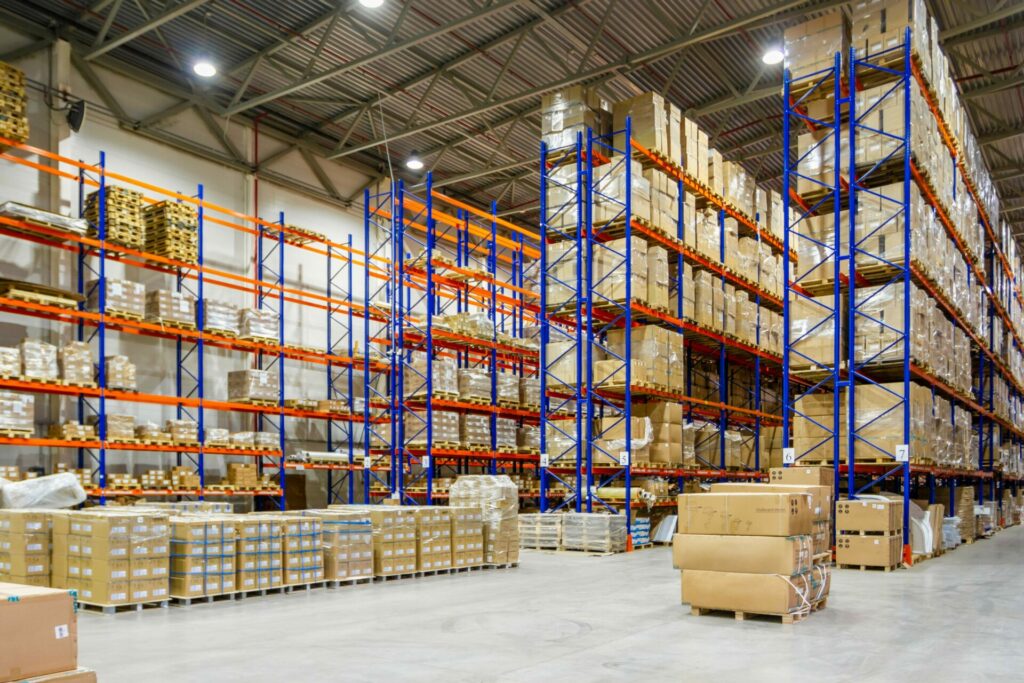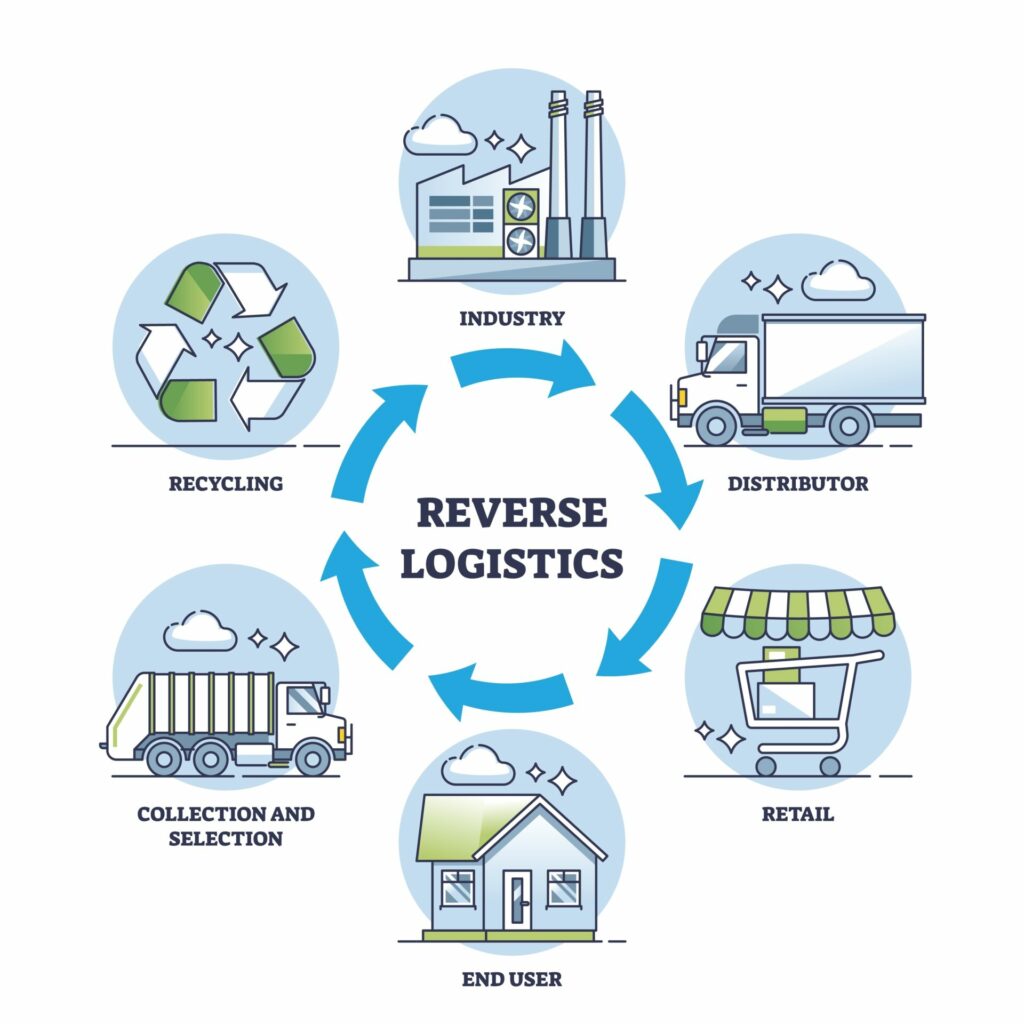In 2022, it’s easy to start a direct-to-consumer (D2C) brand. In fact, there’s never been a better time to sell your products online. With the rise of social commerce, easy-to-build ecommerce platforms, and seamless integrations – all you need is product, a brand, and a strong desire to sell.
Moreover, there’s an immense number of consumers searching the internet for purchases. In 2021, over 2.14 billion people were expected to shop online – and there’s no sign of this slowing down as we head into 2022.
The sheer volume of prospective customers makes 2022 the perfect time to scale your ecommerce business. However, connecting with consumers online is only half the challenge.
The other half? Fulfilling the customer orders you receive.
From stocking inventory to dealing with shipping costs, we looked at the top fulfillment challenges that D2C brands will face during 2022, and how to get ahead of them in the coming year.
The challenge: Dealing with increased order volumes
It’s no secret that ecommerce has become a huge player in consumer culture over the past few years. With online sales predicted to reach $174 billion in 2023, the demand for direct-to-consumer selling is greater than ever.

For online merchants, this means being prepared to scale effectively is essential in 2022. Although it’s difficult to know just how much your brand is set to grow over the next year or so, there are ways to prepare for an increased order volumes before you start struggling to keep up.
The solution:
Improve your inventory visibility. There’s nothing worse than ordering a product – only to find that it’s out of stock and you’ll have to wait for replenishment. Customers want to know if the products they’re interested in are readily available for shipping and delivery. By utilizing an with real-time inventory capabilities, you’ll be able to avoid any mishaps with inventory visibility.
Partner with a 3PL. Self-fulfilling can be deceptively different for small to medium-sized brands. From finding the appropriate labor and space to integrating technology, there’s a seemingly unending list of tasks that goes into fulfillment. Partnering with a third-party logistics company allows you to leverage an existing infrastructure instead of starting from scratch, meaning easily-accessible integrations for order management, warehouse management, and more.
The challenge: Managing returns
With any increase in purchases, it only makes sense that an uptick in returns comes afterwards, especially at the start of the new year when peak season has just ended.
All those unwanted items or sought-after products that didn’t make the gift-giving cut? They end up right back where they started – in the warehouse.
Although we hate to admit it, this means that reverse logistics are an essential part of the fulfillment lifecycle. But we have good news… returns aren’t necessarily a bad thing.
Did you know that 92% of customers will buy from a brand again, so long as the returns process isn’t exceedingly tough?
Reverse logistics presents a great opportunity to provide your customer with a wonderful experience, encouraging them to come back time and time again. Consider implementing the below tips for your returns service to get ahead of the game.
The solution:
Offer self-service returns. Taking the load off your customer service reps and allowing consumers to complete a return without any assistance is one of the best ways to ensure a smooth experience. Plus, it streamlines the process by removing back and forth communication. For consumers and brands alike, it’s a win-win.
Have a clear and easily accessible policy. With over two-thirds of customers now checking a brand’s returns policy before making a purchase, it’s crucial for online merchants to list a comprehensive return policy on their website. Being upfront and transparent about a returns approach can help create an overall positive customer experience.
The challenge: Rising shipping costs
With each new year, shipping costs are subject to due to rising costs across the supply chain. For ecommerce brands, navigating these costs is the key to planning a successful shipping strategy that avoids revenue loss.

Plus, preparing for GRIs sooner rather than later helps maintain customer expectations already in place for your brand. Shipping also plays a key role in the quality of the customer experience. A survey by Tidio found that shipping and delivery was one of the most frequent problems encountered by respondents. In the same survey, shipping and delivery (namely, fast delivery) was linked to the most positive customer experiences.
So, how can online merchants prepare for escalating shipping rates and sustain customer shipping expectations? It’s all about research and response.
The solution:
Decide how to manage costs and communicate with your customers. If your brand is already offering free shipping, it’s worth looking at the freight increases to make sure that your policy is still cost-effective. You may find that you’ll need to recalculate your free shipping threshold to ensure you aren’t losing money on orders. Whatever you decide to do, remember to communicate any changes with your loyal customers.
Diversify parcel carriers. Not every carrier will take the same approach to rate increases, so it’s important to do your research to figure out the best carriers for your brand’s needs. Instead of choosing just one carrier to work with, explore multiple providers to offer different service levels for your customers.




